60 deg vs 90 deg wiring
cattledoggie
14 years ago
Related Stories

LIFEHouzz Call: Show Us Your Nutty Home Fixes
If you've masterminded a solution — silly or ingenious — to a home issue, we want to know
Full Story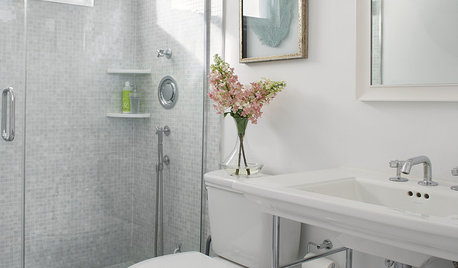
HOUZZ CALLHouzz Call: Show Us Your 8-by-5-Foot Bathroom Remodel
Got a standard-size bathroom you recently fixed up? We want to see it!
Full Story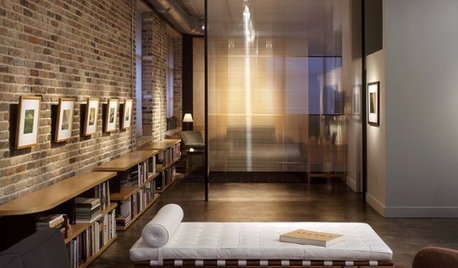
MATERIALSMaterials Workshop: Polycarbonate — a Low-Cost Alternative to Glass
Looking for something lighter, stronger and less expensive than glass? Multiwall polycarbonate may be a good option
Full Story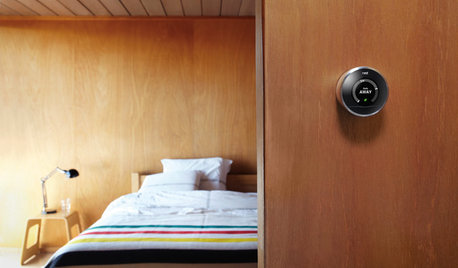
ACCESSORIESEveryday Home Must-Haves Beg for a Makeover
The Nest's much-improved take on the thermostat has us pondering reinventions of other necessities around the house
Full Story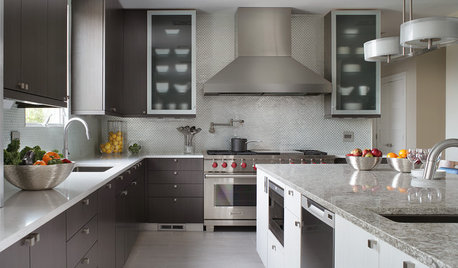
BEFORE AND AFTERSKitchen Expansion Is a Crowd Pleaser
A modern makeover and clever new layout make this New Jersey kitchen a hotspot for friends and family
Full Story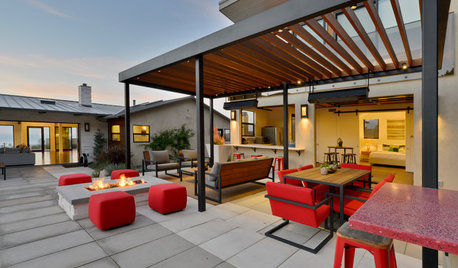
PATIOSGet the Details That Brought These 15 Patios to Life
From a custom mural to a solid concrete slab built to look like tiles, these outdoor rooms don’t overlook the details or comfort
Full Story









azlighting
dave777_2009
Related Professionals
Bartlesville General Contractors · Binghamton General Contractors · Bowling Green General Contractors · Brighton General Contractors · Jefferson Valley-Yorktown General Contractors · Midlothian General Contractors · Norman General Contractors · Northfield General Contractors · Seabrook General Contractors · Valley Stream General Contractors · Vermillion General Contractors · Oakland Solar Energy Systems · Fayetteville Home Automation & Home Media · North Wantagh Home Automation & Home Media · Annandale Home Automation & Home Mediajoed
dave777_2009
bus_driver
sfjeff
abbey_cny
bus_driver
abbey_cny